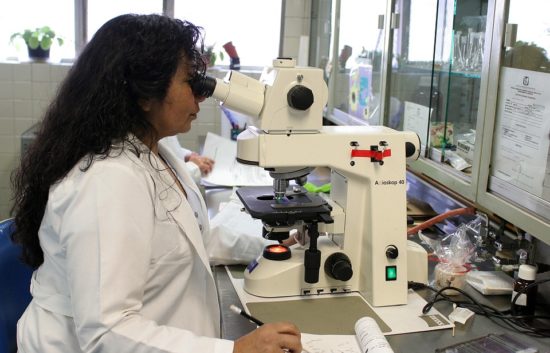In vitro model at centre of antimicrobial drug development
The Antimicrobial Resistance (AMR) crisis is putting the existing antibiotic arsenal under increasing threat, and researchers are exploring innovative ways to get new drugs to the market. The in vitro Hollow Fibre Infection Model (HFIM) plays a crucial role in this process, helping characterize new drugs and drug combinations and pushing them through clinical trials to approval. Understanding the relationship between exposure to an antimicrobial compound and its impact on the target microbe is key to de-risking and expediting the development of new antimicrobial drugs. This knowledge is typically gained in in vivo models, but HFIM can be used for practical and ethical reasons, such as when the nature of the micro-organism studied does not allow for in vivo models or if the drug’s tolerability issues in rodents differ from the expected PK in humans.
AMR NEWS
Your Biweekly Source for Global AMR Insights!
Stay informed with the essential newsletter that brings together all the latest One Health news on antimicrobial resistance. Delivered straight to your inbox every two weeks, AMR NEWS provides a curated selection of international insights, key publications, and the latest updates in the fight against AMR.
Don’t miss out on staying ahead in the global AMR movement—subscribe now!







